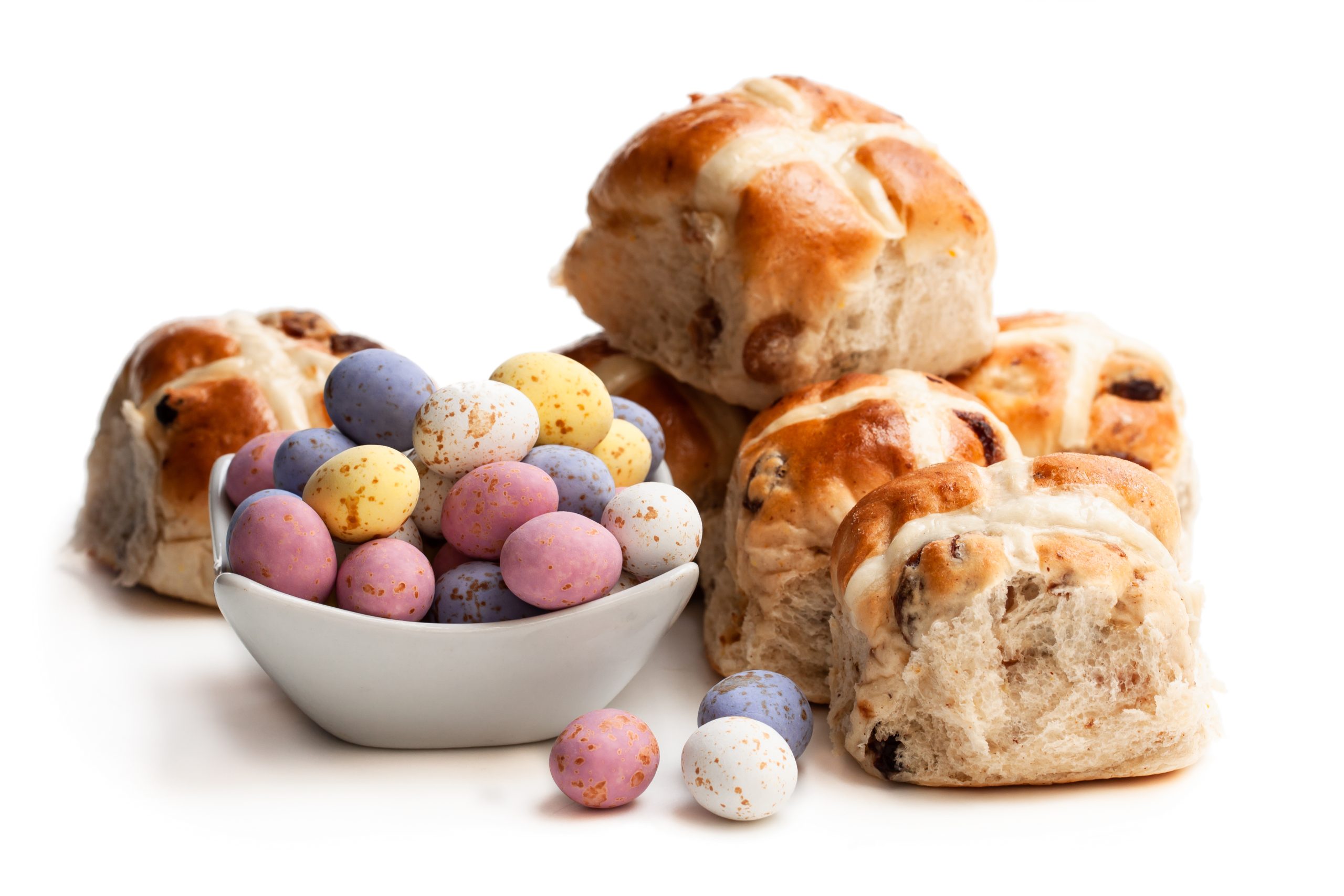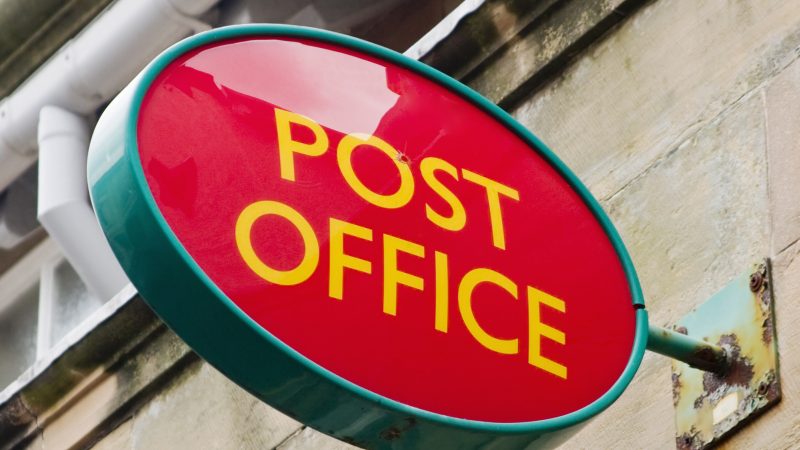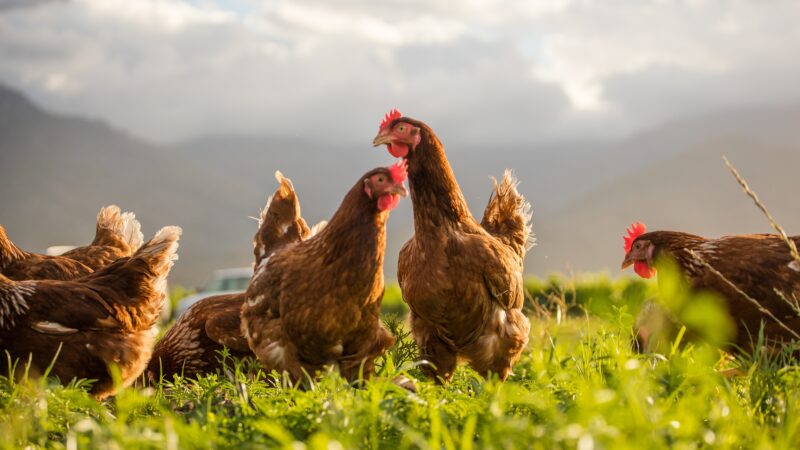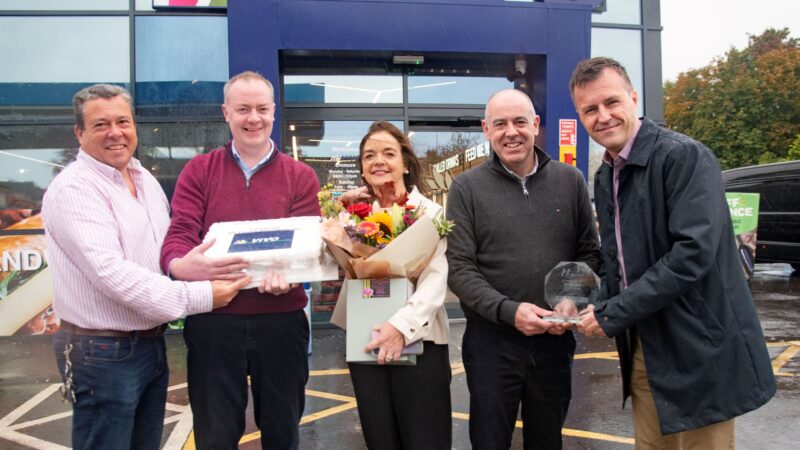Easter brings a shift in shopping habits across Northern Ireland

Easter 2025 revealed a notable shift in consumer behaviour across Northern Ireland, as shoppers leaned into indulgence, favouring chocolate over traditional season products.
The latest data from Kantar reveals a change within Easter tastes as sales of hot cross buns, once a seasonal staple, declined by 12.9% year-on-year.
In the 52 weeks to 20th April 2025, £4.3 billion passed through the tills of Northern Irish grocers, marking a 1.4% increase compared to the previous year. And while consumers made 1.4% fewer trips to stores, they picked up more products on each visit, resulting in an additional £47.4 million in grocery sales, according to the newest figures from Kantar.
Shoppers spent an additional £10.7 million on chocolate confectionery and a further £5.3 million on gifting and boxed chocolates compared to the same period last year, while Easter’s favourable weekend weather also influenced purchasing patterns.
Sales of sausages rose by 10.1%, potato salad by a remarkable 41% and wine by 17%, suggesting many households opted for outdoor celebrations and barbecues instead of traditional meals.
While inflation has not budged since last month and holds at 2.32% compared to the same 52-week period last year, shoppers continued to seek value and treat themselves where possible.
“Promotional offers played a key role in balancing indulgence with affordability,” said Emer Healy, Business Development Director at Kantar.
BRAND VERSUS OWN-LABEL
“Promotions remained a central strategy for Northern Irish shoppers navigating their costs. Promotional sales accounted for 22.5% of total grocery value, with nearly £1 billion spent on deals over the last year. Many consumers struck a balance by pairing own-label basics with occasional branded treats to maximise both value and enjoyment.
“Despite inflationary pressures, branded products continued to outperform own-label items. Consumers spent an additional £32 million on branded goods, representing a 1.4% year-on-year rise and lifting branded value share to 54.7%. Own-label lines grew more modestly by 1.3%, equating to £24.6 million in additional spend and holding a 43.3% share of the market.”
Meanwhile, retailer performance also reflected seasonal trends and competitive positioning. Tesco strengthened its lead in the market, now holding a 36.8% share, up 6.3% compared to last year. This growth was fuelled by a rise in shopping trips and new customer acquisition, contributing £50.3 million in additional sales.
Sainsbury’s also grew its market share, more slightly – to 16.7%, driven by both new shoppers and higher volumes from existing customers, generating £73.2 million in added performance. Asda also saw gains, increasing its market share to 16.1%, with both more frequent store visits and larger basket sizes contributing to £10.6 million in growth.
Lidl, holding 9.2% of the market, benefited from attracting new shoppers and encouraging both repeat visits and larger trips, adding £6.8 million to its performance.







